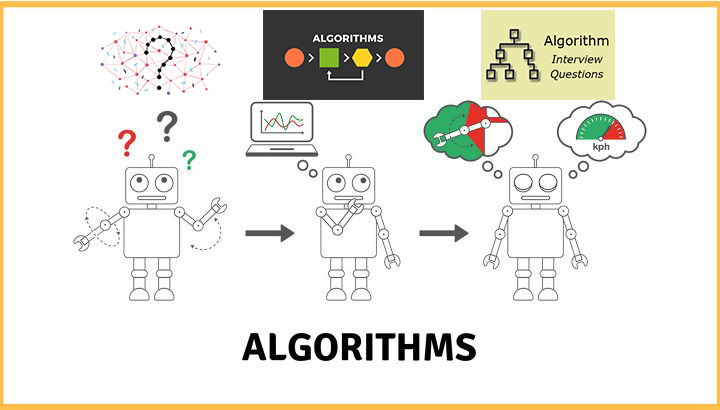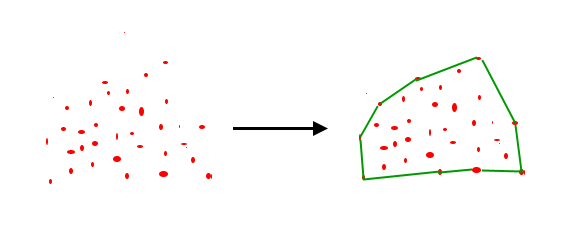摘要訊息 : Swift 中的迴圈和條件陳述式.
0. 前言
本文于 2022 年 3 月 16 日进行一次更新和修正. 修正之后本文已经归档, 不再享受更新.
1. for 循环
Swift 中提供了 for-in 循环 :
var num1, num2 // 这里假设 num1 <= num2
// ...
for index in num1 ... num2 {
// ...
} // 这个循环执行了 (num2 - num1 + 1) 次
for index in num1 ..< num2 {
// ...
} // 这个循环执行了 (num2 - num1) 次当 for-in 循环运用在字符串中 :
var count = 0
let name = "Jonny"
for char in name.characters {
if char == "n" {
count += 1
}
}
print(count) // 结果 : 2当 for-in 循环运用在数组中 :
let students = ["Jerry", "Thomas", "John"]
var student_number = 0
for student in students {
student_number += 1
}
print(student_number) // 结果 : 3当 for-in 循环运用在字典中 :
let student_scores = ["Jerry" : 78, "Thomas" : 90, "John" : 88]
for (student, score) in student_scores {
print("\(student) 的分数为 \(score)")
}
/* 结果 :
John 的分数为 88
Thomas 的分数为 90
Jerry 的分数为 78
*/2. while 循环
var index = 0
while index < 3 {
index += 1
print("循环执行了一次")
}
print(index)
/* 结果 :
循环执行了一次
循环执行了一次
循环执行了一次
3
*/3. repeat-while 循环
var index = 0
repeat {
index += 1
print("循环执行了一次")
}
while index < 3
print(index)
/* 结果 :
循环执行了一次
循环执行了一次
循环执行了一次
3
*/4. if 条件判断
在 Swift 的 if 条件判断语句中, 大括号是强制使用的. 下面展示了三种相同结果的使用方式 :
let password1 = "123456"
let password2 = "1234567"
var input = "12345678"
if input == password1 {
print("密码输入正确")
}
if input == password2 {
print("密码输入正确")
}
else {
print("密码输入错误")
}
if input == password1 {
print("密码输入正确")
}
else if input == password2 {
print("密码输入正确")
}
else {
print("密码输入错误")
}
if input == password1 || input == password2 {
print("密码输入正确")
}
else {
print("密码输入错误")
}
/* 结果 :
密码输入错误
密码输入错误
密码输入错误
*/5. switch 条件判断
Swift 的 switch 语句并不会从一个 case 分支跳转到下一个 case 分支, 只要匹配到一个 case 分支, 就完成了整个 switch 语句. switch 语句中, 至少有一个 case 语句.
在 case 语句中, 当某个区间的值的语句都是一样的时候 可以用 min_number ..< max_number 或者 min_number ... max_number 去代替.
当某些值没有完全覆盖的时候, 可以用 default 语句去覆盖这些没有写入条件的值. default 语句必须放在 switch 语句分支的最后.
let time = 14
switch time {
case 0..< 8 :
print("休息时间")
case 8, 12, 18 :
print("吃饭时间")
case let x where x > 18 && x <= 24 :
print("娱乐时间")
default :
print("工作时间")
}
// 结果 : 工作时间如果想要执行完一个 case 分支, 跳转到特定的另外一个分支继续判断, 可以在最后添加一个 fallthrough. 但是 fallthrough 语句之后的 case 分支的条件中不可以定义常量或者变量. 在一个 case 分支中, 如果存在 fallthrough 语句, fallthrough 语句之后的语句将不再执行, 而是直接跳到下一个 case 分支执行 :
let time = 3
switch time {
case 0 ..< 8 :
print("休息时间")
fallthrough
print("请注意休息!")
case 8, 12, 18 :
print("吃饭时间")
case let x where x > 18 && x <= 24 :
print("娱乐时间")
default :
print("工作时间")
}
/* 结果 :
休息时间
吃饭时间
*/6. continue 语句
Swift 的 continue 语句是用来停止循环体的本次循环, 并且立即进入下一次循环 :
let student_gender = ["男", "女", "男", "女", "女", "男", "男", "男"]
var boy_number = 0
for gender in student_gender{
if gender == "女" {
continue
}
boy_number += 1
}
print(boysNumber) //结果 : 5自創文章, 原著 : Jonny. 如若閣下需要轉發, 在已經授權的情況下請註明本文出處 :



